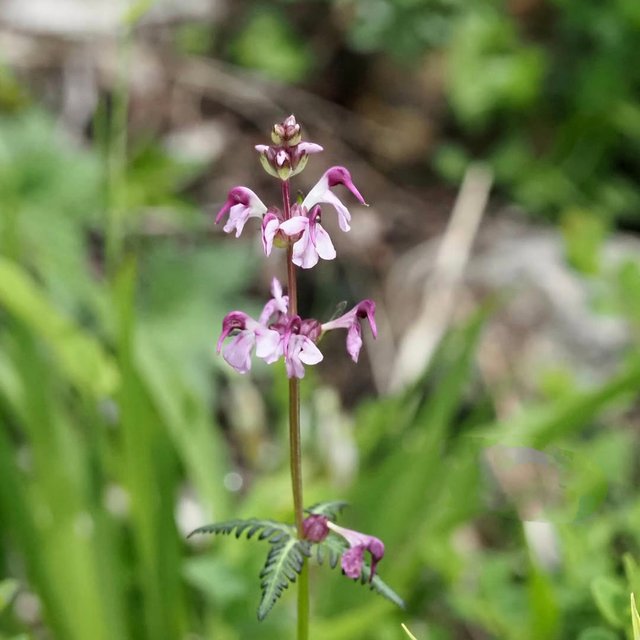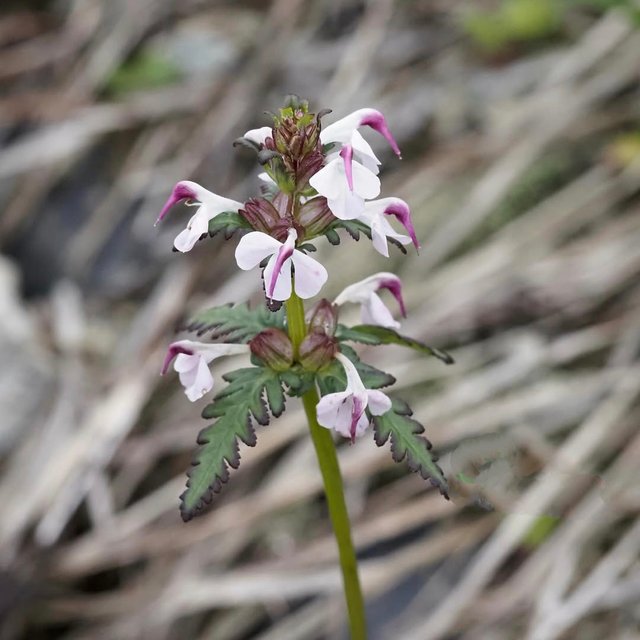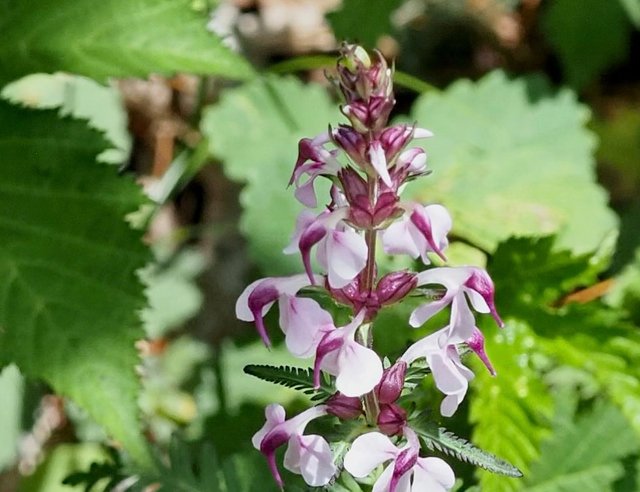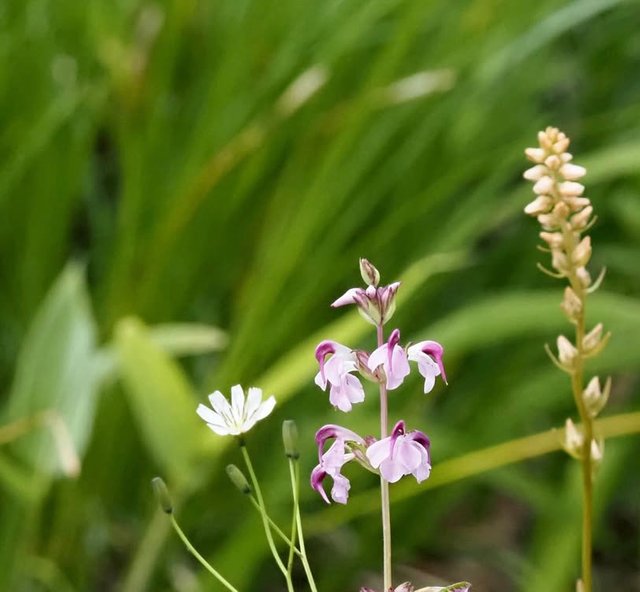Common sage
Common sage evergreen subshrub belonging to the mint family Lamiaceae and is native to the Mediterranean region though it is now cultivated worldwide for its culinary, medicinal, and ornamental value. The plant is characterized by its woody stems, grayish-green oblong leaves, and violet-blue to purplish flowers that bloom in late spring to early summer. It typically grows about 30 to 60 cm tall, with leaves covered in fine hairs that give them a somewhat velvety texture, and its flowers attract a variety of pollinators, particularly bees. Common sage has been cultivated since ancient times, highly valued by the Greeks, Romans, and later European herbalists for its medicinal uses, symbolizing wisdom, immortality, and protection.
Its name “Salvia” comes from the Latin word salvare, meaning “to save” or “to heal,” which reflects its historical role in traditional medicine. Sage leaves contain essential oils, flavonoids, and phenolic compounds such as thujone, cineole, camphor, and rosmarinic acid, which contribute to its antiseptic, anti-inflammatory, and antioxidant properties. Traditionally, sage has been used to treat sore throats, indigestion, memory loss, excessive sweating, and respiratory conditions, and it is still commonly brewed into teas or prepared as extracts for natural remedies. Modern studies suggest that sage may have cognitive benefits, potentially improving memory and concentration, which has led to research into its potential role in supporting brain health and alleviating mild Alzheimer’s symptoms.
In the culinary world, sage is a prized herb, widely used in Mediterranean, Italian, and European cuisines for its strong earthy, peppery, and slightly bitter flavor. Fresh or dried sage leaves are used to season meats, poultry, sausages, stuffing, soups, and stews, with classic dishes such as Italian saltimbocca and Thanksgiving stuffing relying heavily on sage for their characteristic flavor. Besides its practical uses, sage holds cultural and spiritual importance, especially in various traditions where dried sage bundles are burned in rituals known as “smudging” to cleanse spaces and ward off negative energy. In gardening, common sage is valued for its drought tolerance, deer resistance, and ability to attract pollinators while being relatively low-maintenance. It thrives in well-drained, sandy or loamy soil under full sunlight and requires minimal watering once established.



